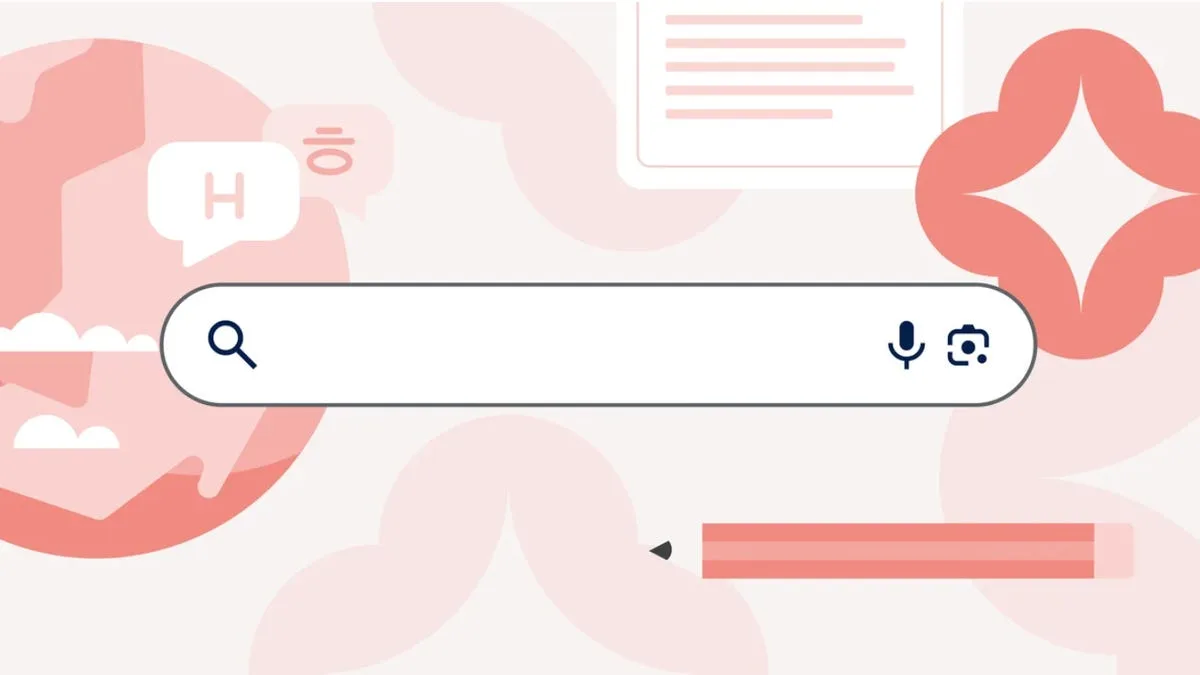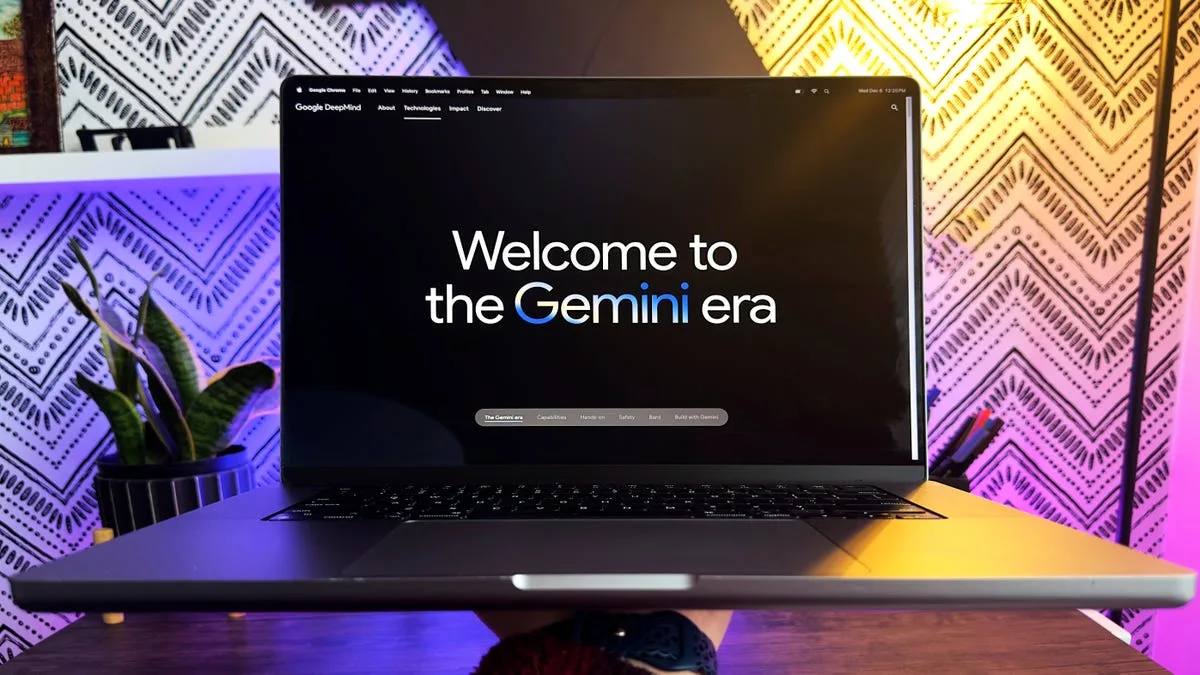The AI Revolution: Navigating the Future of Employment and Creativity
There’s no denying it: artificial intelligence (AI) is fundamentally reshaping our lives, and there’s little we can do to escape its influence. From job displacement fears to transformations in creative fields, the rise of AI brings both uncertainty and opportunity.
The Threat of Job Automation
In an age where machines can design and lay out newspaper pages, the very future of media jobs is at stake. Imagine a world where ChatGPT crafts the perfect headline and image combination for the front page, delivering high-quality content without the human flares of frustration. The role of traditional journalists is at risk, sparking a dialogue about the evolving landscape of work.
Creativity Under Siege
Is creativity safe from AI onslaught? The answer is increasingly doubtful. Whether in writing, music, or visual arts, creative professions are not immune to AI disruption. As algorithms churn out replicas of iconic artworks or compose catchy melodies, we face a reality where the line between human creativity and machine-generated art blurs.
The Battle for Identification
With the rapid advancement of AI tools, the education sector is also grappling with evolving dynamics. Students have quickly adapted to using AI for research and writing, leading to a fresh concern: how can educators identify AI-assisted work? Institutions are developing strategies to combat this modern form of "cheating."
The Humans vs. Machines Dilemma
Imagine being a professor assessing a stack of papers, each possibly crafted with AI assistance. To combat this, educators are implementing various methods to distinguish authentic student work from machine-generated submissions. Yet, as AI tools become more sophisticated, the challenge only intensifies.
The Irony of Humanization
Ironically, some AI tools now claim to “humanize” machine-generated text, allowing students to filter AI-written content to make it seem more genuine. However, the critical question arises: how many times can one run their work through these filters before it loses its essence and originality?
The Search for Job Security
While the conversation surrounding AI’s impact on jobs intensifies, one has to wonder: are any jobs truly safe? Are we headed toward a future where we find ourselves merely consuming AI-generated content, while machines take the working roles we once occupied?
The Sports Channel Perspective
Shifting our gaze to the sports world, an entirely different scenario unfolds. The beauty of football lies in its unpredictability—think incredible skill and unexpected blunders. Even the most advanced AI cannot replicate the raw talent of athletes like Lionel Messi. In this realm, AI’s involvement is limited to systems like VAR, which, ironically, adds more controversy than clarity.
Understanding AI’s Intangible Nature
For many, the concept of AI remains elusive. Phrases like “it’s all in the cloud” often mask the complexity behind these technologies. Contrary to popular belief, AI resides in the physically constructed servers, safeguarded in well-fortified locations, operated by those minuscule yet powerful chips.
Rethinking Robots
The traditional notion of robots as mechanical beings has evolved, leading us to consider the future of humanoid robots. Recently, during a festival in China, we witnessed a troupe of these humanoids performing synchronized dances—a testament to how AI and robotics are intertwining in our everyday lives.
The Human-Machine Interface in Sports
With advances in technology, even sports are beginning to see humanoid robots take on human competitors, blurring the lines of realism and adaptation. What could be more fitting than a robot repairing broken machines, restoring infrastructure, and serving as societal helpers?
Envisioning AI Interventions
Picture this: a city where AI-driven robots patrol the streets, fixing malfunctioning traffic lights and filling potholes—an innovative resolution to our infrastructural dilemmas. Imagine a world where these intelligent machines alleviate daily struggles.
Addressing the Role of Humans
Yet, amid these sweeping changes, one pressing question lingers: what becomes of us—the redundant humans? As AI systems take over various tasks, society must grapple with the implications of mass displacement sparked by automation.
The Quest for Democracy Without Politicians
Beyond addressing job displacement, the next hurdle for AI could involve designing a functional democratic system void of the interruptions characteristic of traditional politics. This thought-provoking dilemma invites speculation on how technology can shape our governance.
The Need for a Human Touch
Despite advances in AI, an appetite remains for the human touch—the originality and emotional resonance that machines often lack. We may dream of a future driven by AI, but we must not forget the distinct qualities that define human experiences.
Embracing a Joint Future
As we move forward, the key to thriving in this AI-infused world will be our ability to adapt, innovate, and collaborate with technology. While embracing the inevitabilities of AI, we must strive to find harmony between human creativity and machine efficiency, enhancing our work rather than replacing it.
Conclusion: A Cautious Optimism
The ascent of artificial intelligence is inarguable and often unsettling. However, rather than succumbing to fear, we should recognize the potential for collaboration, adaptation, and growth. By fostering a balanced relationship between humans and AI, we can navigate our way toward a future that values creativity as much as efficiency, ensuring that our jobs and unique contributions remain relevant in a changing landscape.







